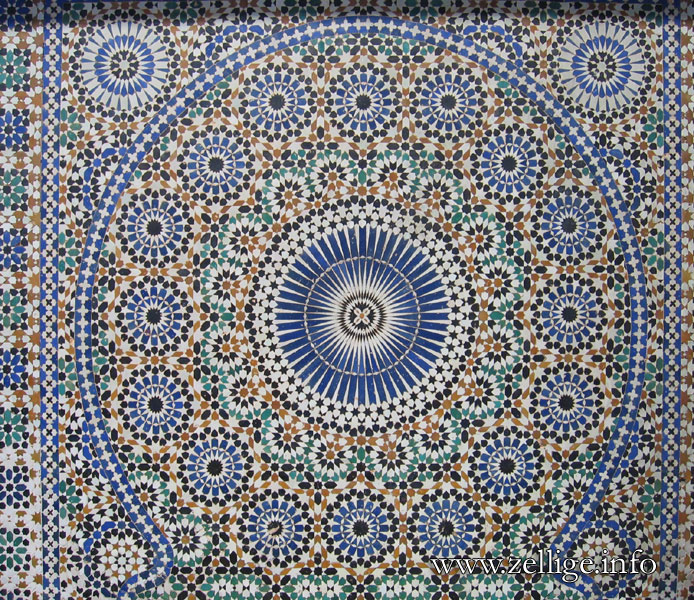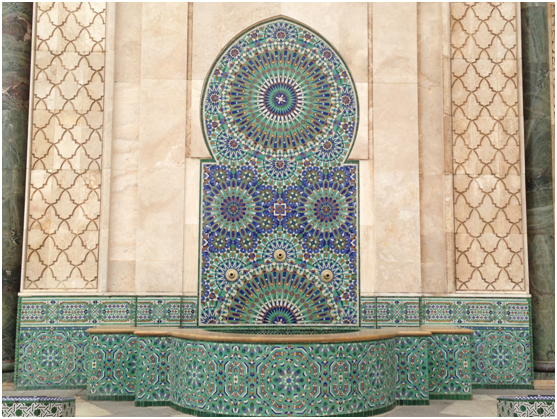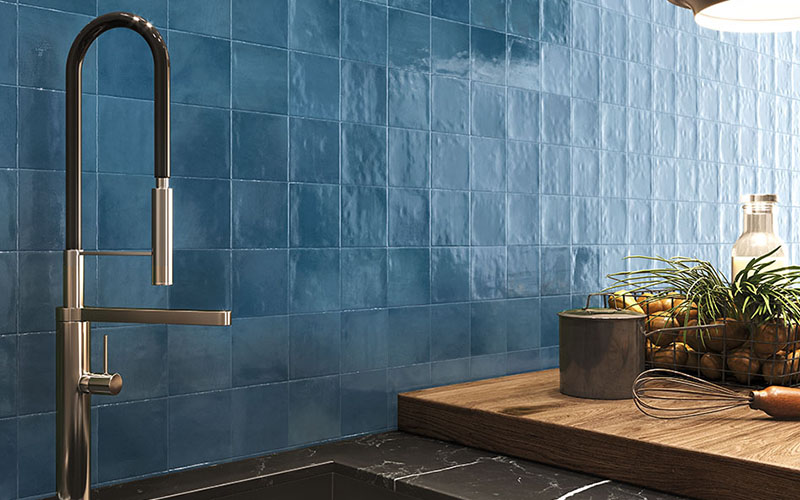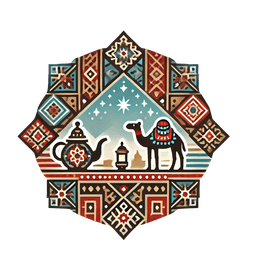- Published on
The Enduring Allure of Moroccan Zellige A Traditional Art Form
- Authors

- Name
- Adil ABBADI
Introduction
Moroccan zellige is an integral part of the country's rich cultural heritage, weaving a tapestry of colors, patterns, and craftsmanship that transcends time. This traditional art form has been an essential element of Moroccan architecture for centuries, bringing a touch of elegance and sophistication to its surroundings.
- What is Moroccan Zellige?
- A Brief History of Moroccan Zellige
- Types of Moroccan Zellige Patterns
- Craftsmanship Behind Moroccan Zellige
- Moroccan Zellige in Architecture
- Moroccan Zellige in Modern Design
- Conclusion
- Embrace Tradition
What is Moroccan Zellige?
Moroccan zellige, also known as zellij tilework, is a highly skilled craft that originated in the ancient city of Zellij, from which it gets its name. This art form involves the meticulous creation of intricate tile mosaics using brightly colored, hand-cut tiles, carefully arranged to form elaborate patterns and geometric shapes.

A Brief History of Moroccan Zellige
Zellige has its roots in the 10th century, when Moroccan craftsmen began to perfect the art of tile-making. Over time, this traditional craft spread throughout the Arab world, with Moroccan artisans embracing it as their own. As the centuries passed, zellige became an integral part of Moroccan architecture, adorning the walls and ceilings of mosques, palaces, and homes.
Types of Moroccan Zellige Patterns
- Geometric Patterns: Characterized by intricate shapes and motifs, these patterns are the epitome of Moroccan zellige's visual appeal.
- Floral Patterns: Featuring stylized flowers and foliage, these patterns add a touch of elegance to any setting.
- Arabesque Patterns: Inspired by the curves and lines of Arabic calligraphy, these patterns exude refinement and sophistication.

Craftsmanship Behind Moroccan Zellige
The art of creating zellige tilework requires great skill and attention to detail. Moroccan artisans carefully cut and shape the tiles, before arranging them into the desired pattern. Each piece is a labor of love, with the artisan's dedication and passion evident in every fragment of tile.
Moroccan Zellige in Architecture
Zellige is a ubiquitous feature of Moroccan architecture, adorning the walls and ceilings of iconic buildings such as mosques, palaces, and traditional riads. The tilework is also commonly used in decorative fountains and pools, adding a touch of visual allure to these tranquil spaces.
Moroccan Zellige in Modern Design
In recent years, zellige has experienced a resurgence in popularity, with modern designers incorporating this traditional art form into contemporary spaces. From kitchen backsplashes to bathroom flooring, zellige is now used in a variety of creative ways, injecting a touch of Moroccan elegance into modern design.

Conclusion
Moroccan zellige is a testament to the country's rich cultural heritage, its intricate patterns and colors weaving a captivating narrative that transcends time. This traditional art form continues to inspire architects, designers, and artists around the world, ensuring its timeless allure will endure for generations to come.
Embrace Tradition
Experience the timeless beauty of Moroccan zellige and incorporate this traditional art form into your own space. Whether you're looking to create a stunning feature wall or add a touch of elegance to your bathroom, zellige is the perfect way to bring a piece of Moroccan magic into your home.
